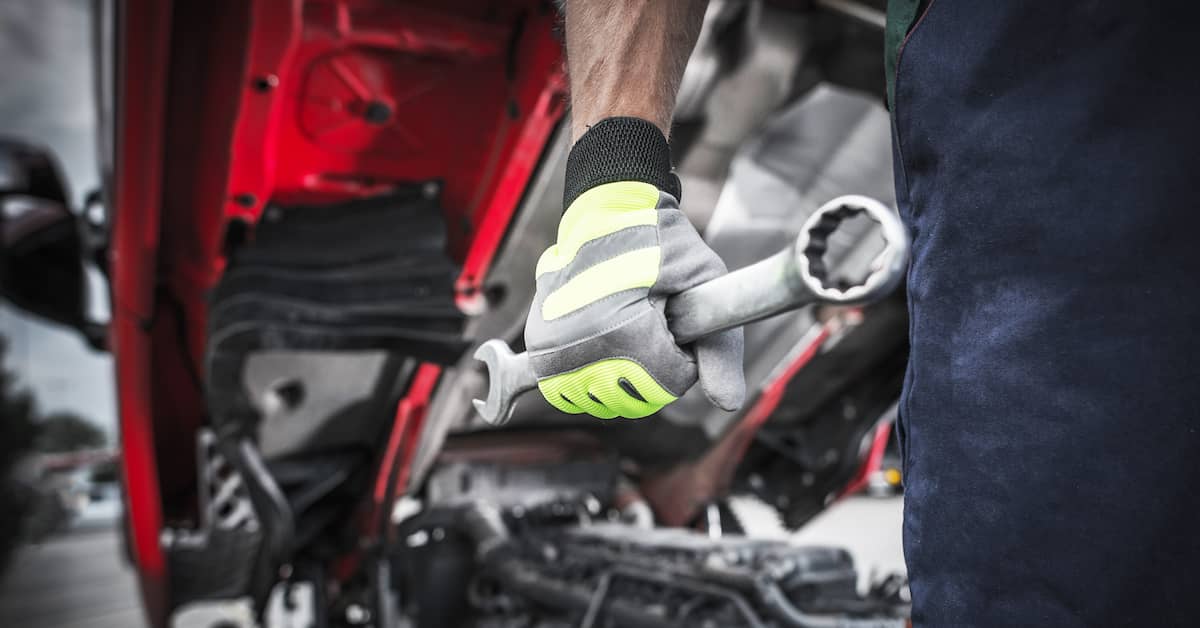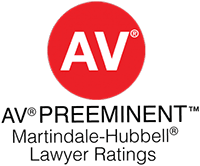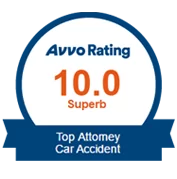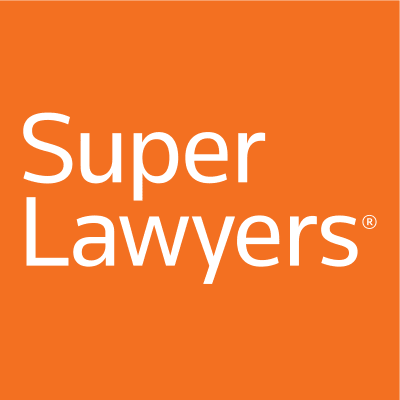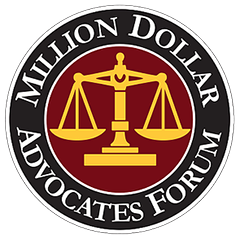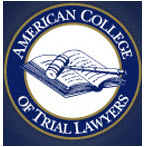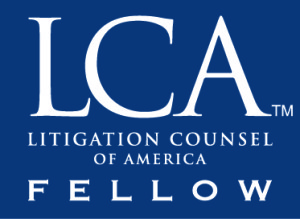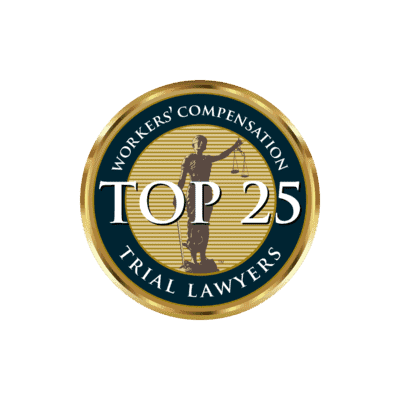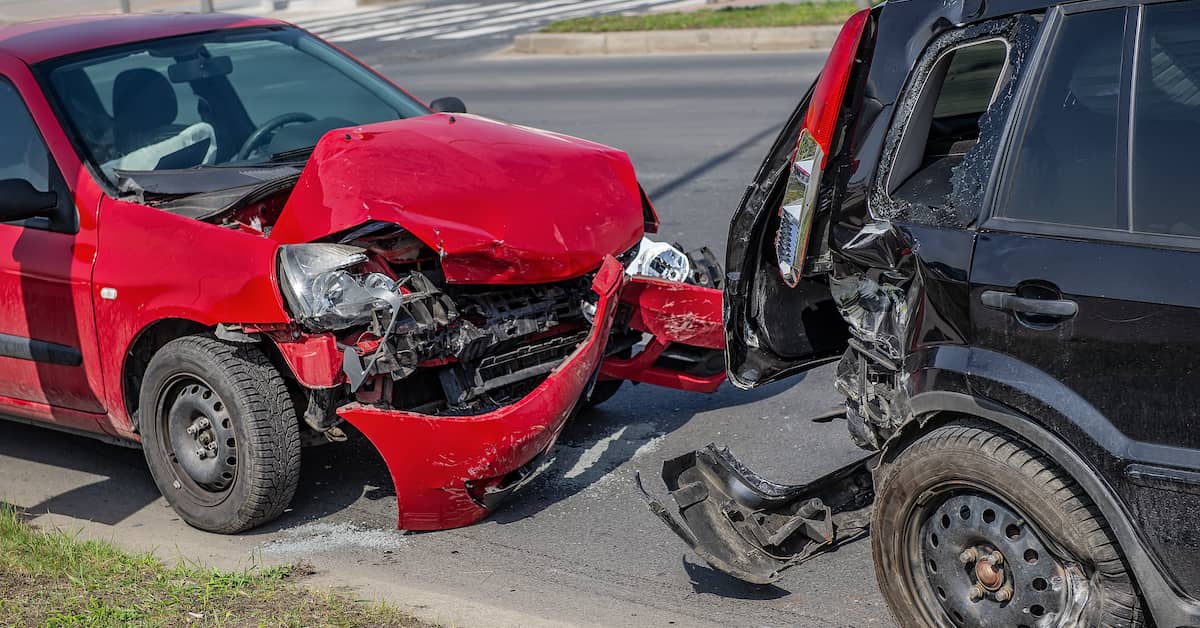
Who Is At Fault in a Rear End Accident in New Jersey?
One moment, you’re driving as usual. The next, another vehicle suddenly slams into yours from behind. Unfortunately, rear end accidents are all too common in New Jersey, and they can cause life-altering injuries that leave you dealing with intense pain and rising medical bills.
If you or a loved one has suffered serious injuries in a rear-end car accident someone else caused, you likely qualify to receive compensation from those responsible. Under New Jersey law, the rear driver is usually at fault in a rear-end collision. However, proving liability and securing fair compensation is not always straightforward.
The legal process involves detailed investigations, negotiations with insurance companies, and, in some cases, litigation. This is why you need to have an experienced personal injury attorney on your side. A knowledgeable lawyer can handle every aspect of your case, allowing you to focus on your recovery.
Contact a New Jersey vehicle accident lawyer for a free consultation to discuss your legal options and protect your rights.
What Is a Rear-End Collision?
A rear-end car collision happens when a rear driver crashes into a front driver. These accidents can range from minor fender benders to catastrophic crashes causing serious injuries or fatalities. Common causes of NJ rear-end accidents include:
- Tailgating (following too closely)
- Distracted driving (texting, eating, or adjusting the radio)
- Speeding or reckless driving
- Sudden stops by the front driver
- Poor weather conditions reducing visibility or braking ability
- Mechanical failures, such as brake malfunctions
Even at low speeds, rear-end collisions can result in whiplash, spinal injuries, and concussions, requiring extensive medical treatment and rehabilitation.
What Is The Rear-End Law In New Jersey?
N.J.S.A. § 39:4-89 mandates a clear guideline regarding the safe following distances on the road. This legislation specifically stipulates that drivers must not trail the vehicle ahead more closely than what is considered reasonable and prudent. This consideration takes into account the leading vehicle’s speed, the overall traffic flow, and the state of the roadway.
A crucial element of this law is its directive that drivers maintain a minimum gap equivalent to the length of one vehicle, effectively placing the onus of preventing rear-end collisions primarily on the trailing driver. In a rear-ended accident, fault is predominantly attributed to the following driver for not maintaining an adequate buffer. This is rooted in the presumption that they have breached their legal duty to follow at a safe distance. Nonetheless, there are instances where the actions of the leading driver may also be scrutinized for potential contributory negligence.
Whose Fault Is It When Hit From Behind In A Car?
Determining fault in a rear-ended accident hinges on evidence that illustrates negligent behavior. Commonly, the driver who hits another vehicle from behind is found at fault for failing to maintain a safe following distance (tailgating) or not paying attention.
However, New Jersey operates under a comparative negligence system (§ 2A:15-5.1), which means that fault in a rear-ended accident isn’t automatically assigned to the trailing driver. Circumstances exist where the leading driver could share liability, such as abruptly stopping without cause, erratic driving, having non-functioning brake lights, or other negligent actions.
Establishing Fault
Establishing fault in a rear-ended accident involves a systematic approach to gathering and analyzing evidence that indicates which party’s actions or inactions contributed to the collision. Here are the steps involved in establishing fault:
Accident Scene Analysis
The immediate aftermath of the accident provides critical clues. Observing the positions of the vehicles, skid marks, and damage can offer insights into how the accident occurred.
Witness Statements
Eyewitnesses can provide objective accounts of the events leading up to the accident, which can be important in piecing together the sequence of events.
Review of Traffic Camera or Dashcam Footage
If available, footage from traffic cameras or dashcams can provide incontrovertible evidence of the circumstances leading to the accident.
Police Reports
Officers responding to the scene compile accident reports that often include their assessment of fault based on preliminary evidence and observations.
Vehicle Damage Assessment
The extent and location of damage on both vehicles can indicate the point of impact and the dynamics of the crash, further elucidating how the accident happened.
Analysis of Driving Behavior
Evaluating whether any of the drivers violated traffic laws leading up to the accident (e.g., speeding, erratic driving, failure to signal) can help determine fault.
Expert Reconstruction
In complex cases, accident reconstruction experts may be employed to simulate the accident based on the available data, offering a detailed analysis of fault.
Review of Medical Reports
Injuries sustained by the occupants can sometimes indicate the severity and mechanics of the crash, providing indirect evidence of how the collision unfolded.
Consideration of Environmental & Road Conditions
Factors such as weather, visibility, and road quality at the time of the accident are assessed to understand if and how they contributed to the incident.
Legal Interpretation of Evidence
Finally, the collected evidence is interpreted within the framework of local traffic laws to make a determination of fault, which will guide the compensation process.
Each step involves careful collection and analysis of information to build a comprehensive picture of the incident, ultimately determining responsibility for the accident. Engaging a skilled New Jersey car accident lawyer early on ensures thorough evidence collection and effective representation.
What Happens To Your Body After Being in a Rear-Ended Accident?
Being rear-ended can lead to a variety of injuries, ranging from mild to severe, depending on the force of impact, the speed of the vehicles involved, and the position of the occupants at the time of the collision. The sudden jolt can cause the body to move in unnatural ways, leading to injuries such as:
- Whiplash: The most common injury in rear-end accidents, where the sudden movement causes the neck to snap back and forth, leading to muscle and ligament strain.
- Concussions: The brain can hit the inside of the skull due to the sudden stop, causing a concussion or other traumatic brain injuries.
- Back Injuries: The force can cause strain or sprain in the lower back or, in more severe cases, herniated discs.
- Spinal Cord Injuries: Extreme impacts can damage the spine, potentially leading to partial or complete paralysis.
- Broken Bones: The force can lead to fractures, especially in the arms, legs, or ribcage, from bracing against the impact.
- Soft Tissue Injuries: Muscles, tendons, and ligaments throughout the body can be stretched or torn.
- Internal Injuries: Organs can be damaged by the force of the seatbelt or steering wheel, leading to internal bleeding.
- Emotional Trauma: Psychological effects such as anxiety, PTSD, or depression may follow after a traumatic accident.
The sudden and forceful nature of rear-end accidents means that the body hardly has time to brace for impact, leading to a range of possible injuries, some of which may not be immediately apparent. It’s crucial to seek medical attention right after an accident, even if you feel fine, as some injuries might only manifest symptoms days or weeks later.
What To Do After A Rear-Ended Accident In New Jersey
Following a rear-ended accident, it’s vital to:
- Ensure the safety of all parties and call emergency services.
- Exchange information with the other driver but avoid admitting fault.
- Document the scene and injuries with photos.
- Seek medical evaluation.
- Report the accident to your insurance.
- Consult with a New Jersey car accident lawyer to discuss your case.
How Can A Rear-Ended Accident Attorney Help Me?
What To Do After A Rear-Ended Accident In New Jersey
After rear-end crash, follow these steps to protect your legal rights:
- Call 911 – Report the accident and request medical assistance.
- Get a Medical Evaluation – Even if you feel fine, injuries may appear later.
- Exchange Information – Get contact and insurance details from the other driver.
- Document the Scene – Take photos of vehicle damage, injuries, and road conditions.
- Get Witness Information – Statements from bystanders can strengthen your case.
- Avoid Admitting Fault – Even a simple apology may be used against you.
- Contact an Experienced Personal Injury Attorney – Get legal representation before speaking with insurance companies.
How Can A Rear-Ended Accident Attorney Help Me?
Dealing with medical expenses, insurance claims, and legal complexities after an accident can be overwhelming. A New Jersey car accident lawyer provides critical support by:
1. Investigating the Cause of the Accident
An attorney gathers and analyzes key evidence, such as:
- Police reports
- Eyewitness statements
- Traffic camera or dashcam footage
- Vehicle damage assessments
- Accident reconstruction expert reports
This thorough investigation strengthens your case and helps prove the driver’s fault.
2. Handling Insurance Negotiations
Insurance companies often try to minimize payouts, blaming the victim or offering low settlements. Your lawyer will:
- Communicate with insurers on your behalf
- Ensure your medical bills and other damages are properly valued
- Fight for fair compensation for pain, suffering, and lost wages
3. Pursuing a Personal Injury Lawsuit if Necessary
If settlement negotiations fail, an attorney can file a personal injury lawsuit to take your case to court. They will:
- File all legal documents within New Jersey’s statute of limitations
- Represent you in court, arguing for the maximum compensation available
- Counter any attempts by the defense to shift blame onto you
What Compensation Can You Recover?
If you were injured in an NJ rear-end accident, you may be entitled to compensation for:
- Medical Expenses – Hospital bills, physical therapy, surgeries, and medications
- Lost Wages – Income lost due to recovery time or permanent disability
- Pain and Suffering – Compensation for physical pain, emotional distress, and diminished quality of life
- Property Damage – Costs to repair or replace your vehicle
If a loved one was fatally injured, you may be eligible for funeral costs and loss of companionship compensation through a wrongful death claim. Depending on the circumstances surrounding the crash, your lawyer may seek punitive damages in court.
Your lawyer will pursue every potential avenue of compensation to help you move forward financially and emotionally.
Contact Maggiano, DiGirolamo & Lizzi Today!
If you’ve been involved in a rear-ended accident, you need a team that stands by your side. Maggiano, DiGirolamo & Lizzi understand the intricacies of New Jersey car accident claims and are ready to help.
Don’t let the stress of an accident overwhelm you—contact us for a FREE consultation today. Together, we’ll work towards securing the compensation you need to move forward. We proudly serve clients in Fort Lee and throughout New Jersey and New York.



